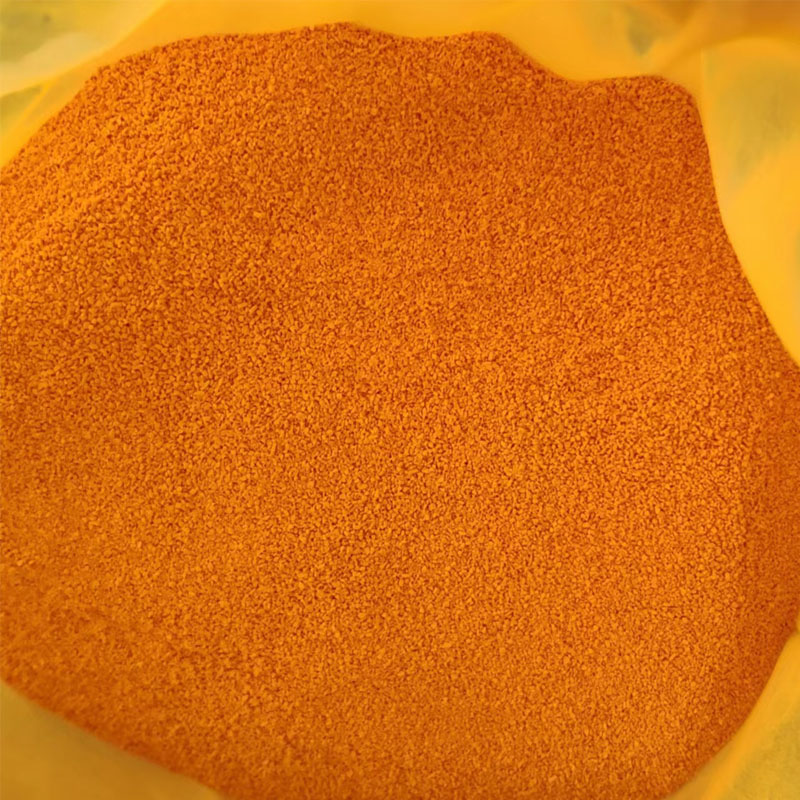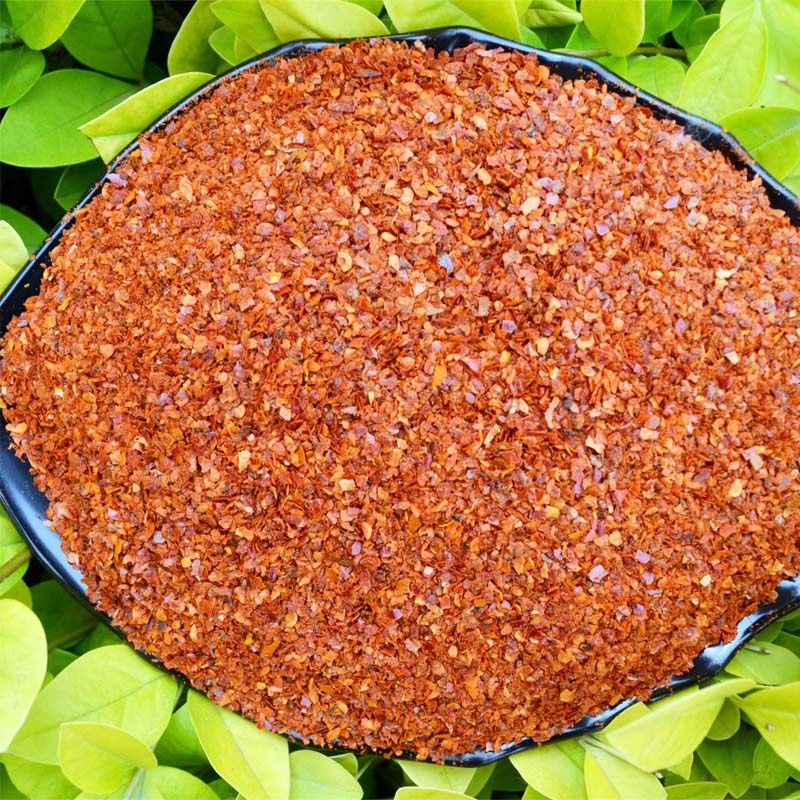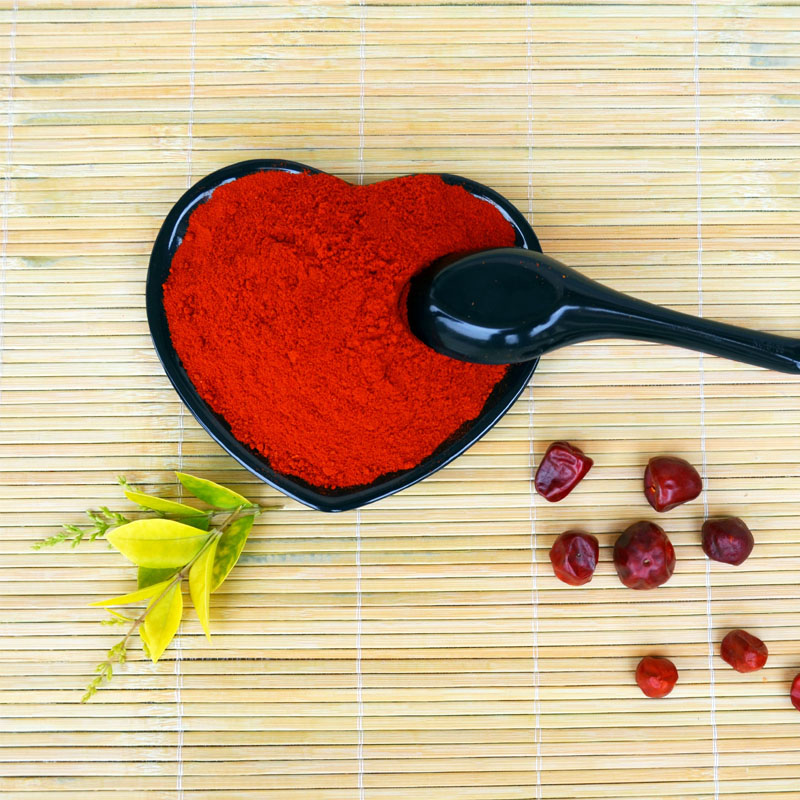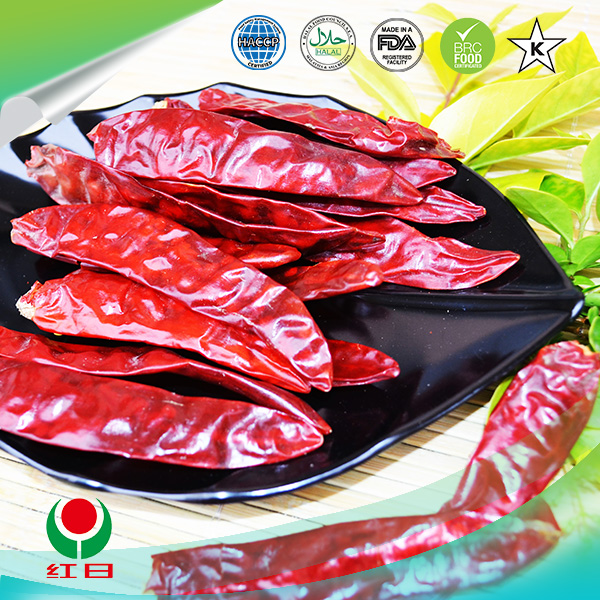- No. 268 Xianghe Street, Economic Development Zone of Xingtai city, Hebei 054001 China
- Byron@hbhongri.cn
dried pepper flakes
The Versatility and Flavor of Dried Pepper Flakes A Culinary Delight
When it comes to enhancing the flavor of food, few ingredients can match the punch and versatility of dried pepper flakes. Known for their vibrant color and intense heat, these flakes have become a staple in kitchens around the globe. Whether you are a seasoned chef or a casual home cook, incorporating dried pepper flakes into your dishes can elevate them from ordinary to extraordinary.
Dried pepper flakes are produced by dehydrating assorted varieties of chili peppers. The process typically involves harvesting the peppers at their peak ripeness, washing, and then drying them either under the sun or in food dehydrators. This method not only intensifies their flavor but also allows for a longer shelf life, making them a wise investment for any culinary enthusiast.
One of the most appealing aspects of dried pepper flakes is their flexibility. They can be used in a myriad of dishes—from pasta and pizza to soups and marinades. A dash of red pepper flakes can bring life to a simple olive oil and garlic pasta, transforming it into a spicy, delightful meal. In pizza-making, a sprinkle of these flakes adds an irresistible kick, complementing the richness of the cheese and tomato sauce.
In cooking, the heat level of dried pepper flakes can vary significantly based on the type of pepper used. For instance, crushed red pepper, derived primarily from cayenne peppers, is often found in pizzerias across the United States. It has a moderate heat level but brings a significant flavor punch. On the other hand, flakes from hotter varieties like Thai bird chili or Habanero can send your taste buds on a fiery adventure, ideal for those who appreciate intense spice in their food.
dried pepper flakes
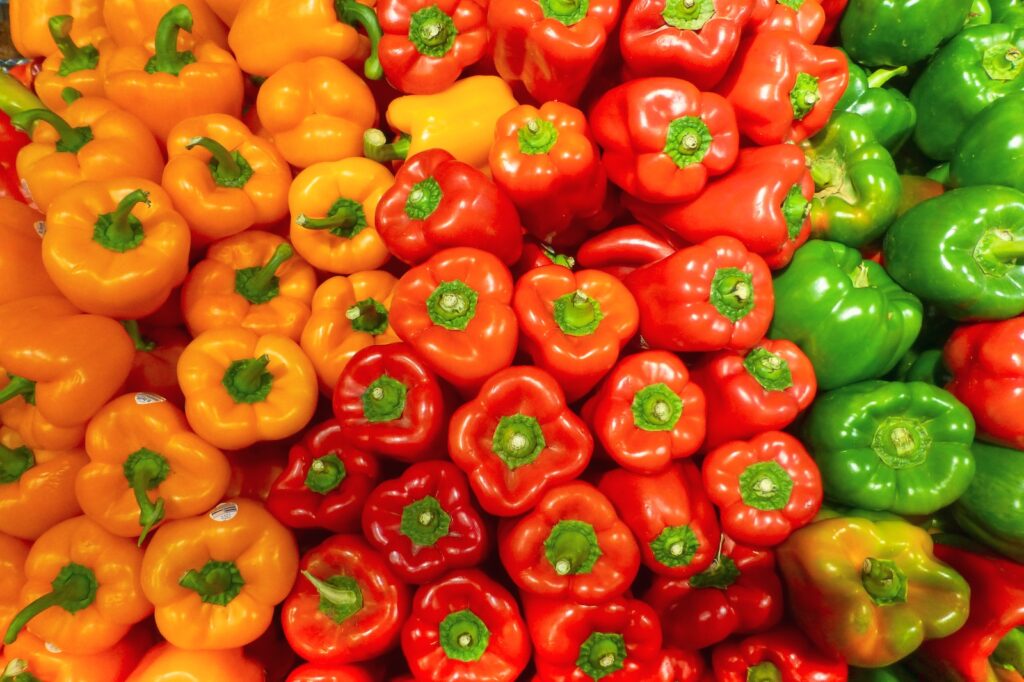
Moreover, dried pepper flakes are not just about heat; they also carry nuanced flavor profiles that can enhance a dish. A sprinkle of Aleppo pepper flakes, with their slightly sweet and fruity flavor, can add complexity to salads, stews, and grilled meats. They are particularly popular in Middle Eastern and Mediterranean cuisines. Another exceptional example is the Urfa Biber, which has a smoky quality and a lower heat level, making it an excellent choice for adding depth to roasted vegetables or savory pastries.
Using dried pepper flakes is also about exploring regional cuisines. In Asian cooking, for instance, chili flakes can be an essential ingredient in spice blends or dipping sauces. Korean gochugaru, which is made from sun-dried chili peppers, not only lends its vibrant red color to dishes but also introduces a mild sweetness, making it fundamental in dishes like kimchi.
In addition to enhancing flavor, dried pepper flakes offer a range of health benefits. Chili peppers are rich in vitamins and antioxidants. They contain capsaicin, the compound responsible for their heat, which has been linked to various health benefits, including pain relief, improved metabolism, and even better heart health. Thus, adding a pinch of dried pepper flakes not only spices up your meals but may also contribute to your overall wellness.
Storing dried pepper flakes correctly is essential to maintain their flavor and potency. They should be kept in an airtight container, away from light and moisture, to prevent them from losing their vibrancy and heat. A cool, dark pantry is ideal, but they can also be stored in the refrigerator for even longer shelf life.
In conclusion, dried pepper flakes are a culinary wonder that offers both versatility and flavor. They are an accessible ingredient that can transform everyday dishes into flavor-packed experiences. Whether you prefer a mild warmth or an intense heat, there is a variety of dried pepper flakes to suit your palate. As you experiment with this ingredient, you may find yourself discovering new cuisines, flavors, and cooking techniques. So the next time you feel your dish is lacking something special, reach for those dried pepper flakes and let the flavors ignite your cooking journey!
-
Turmeric Rhizome Powder: A Golden Treasure from Roots to TableNewsJul.28,2025
-
The Versatile Application Of Crushed Red Hot Peppers: Lighting Up The Red Flames On The Dining TableNewsJul.28,2025
-
The Paprika: A Touch Of Vibrant Red In Color, Flavor, And CultureNewsJul.28,2025
-
Ground Turmeric: A Modern Examination of an Ancient SpiceNewsJul.28,2025
-
Capsicum Liquid Extract: Features, Applications, and ChallengesNewsJul.28,2025
-
Application of Capsicum Liquid Extract in FoodNewsJul.28,2025
